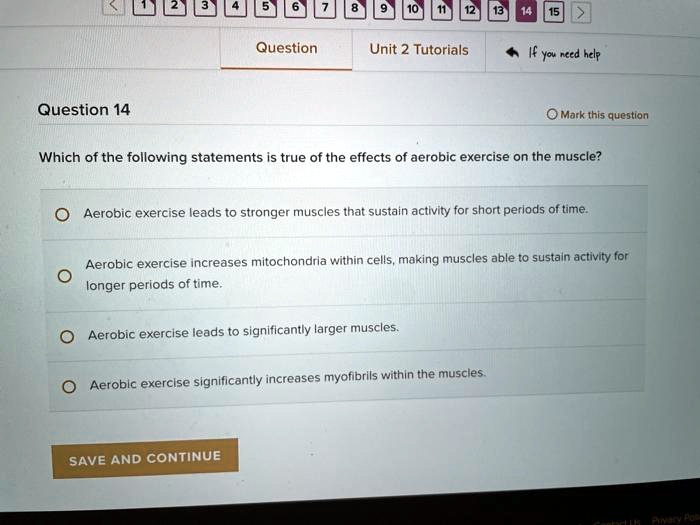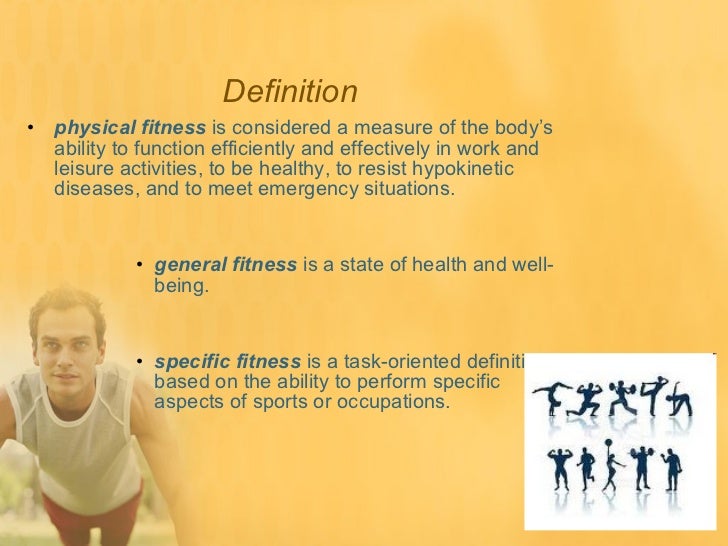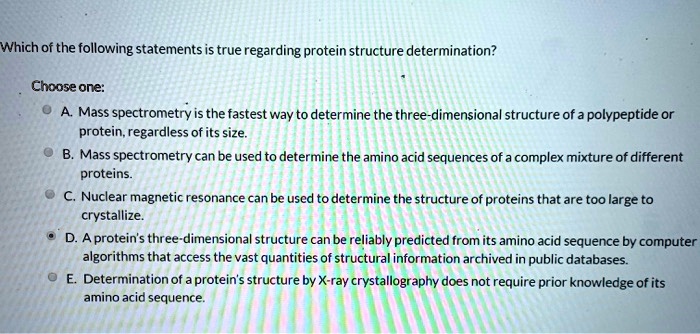Which Of The Following Statements About Physical Fitness Is True

The morning sun streams through the gym window, illuminating dust motes dancing in the air. Treadmills hum a steady rhythm, weights clang with determined force, and a symphony of grunts and deep breaths fills the room. Among this vibrant energy, a quiet question lingers: What really makes for a fit and healthy life?
The quest for optimal physical fitness can feel overwhelming, filled with conflicting advice and fleeting trends. This article cuts through the noise to address a fundamental question: Which of the following statements about physical fitness is true? We'll explore core principles supported by scientific evidence and expert consensus, empowering you to make informed choices for your well-being.
Understanding Physical Fitness: Beyond the Hype
Physical fitness encompasses a broad range of attributes, far exceeding simply having a lean physique or the ability to lift heavy weights. It's a holistic state encompassing various components, each playing a vital role in overall health and longevity.
Let's consider some key elements of physical fitness. These elements include cardiovascular endurance, muscular strength, muscular endurance, flexibility, and body composition.
Cardiovascular Endurance: The Heart of the Matter
Cardiovascular endurance, often referred to as aerobic fitness, reflects the efficiency of your heart and lungs in delivering oxygen to working muscles. Activities like running, swimming, cycling, and brisk walking are excellent for improving cardiovascular health.
A strong cardiovascular system reduces the risk of heart disease, stroke, and other chronic conditions. It also boosts energy levels and enhances overall stamina.
Muscular Strength and Endurance: Powering Your Body
Muscular strength refers to the maximum force a muscle can generate in a single effort. Muscular endurance, on the other hand, is the ability of a muscle to repeatedly exert force over a sustained period.
Weightlifting, resistance training, and bodyweight exercises can improve both strength and endurance. Strong muscles not only enhance physical performance but also support bone health and improve metabolic function.
Flexibility: The Key to Mobility
Flexibility is the range of motion around a joint. Stretching exercises, yoga, and Pilates can improve flexibility, preventing injuries and enhancing mobility.
Maintaining good flexibility allows you to move more freely and comfortably throughout your daily life. It also helps alleviate muscle tension and improve posture.
Body Composition: More Than Just a Number
Body composition refers to the proportion of fat mass versus lean mass (muscle, bone, and water) in your body. A healthy body composition is characterized by a lower percentage of body fat and a higher percentage of lean mass.
While body weight is a simple measure, body composition provides a more accurate assessment of overall health. Achieving a healthy body composition can reduce the risk of chronic diseases such as diabetes and heart disease.
Debunking Common Fitness Myths
The fitness world is rife with misinformation, often perpetuated by marketing hype and anecdotal evidence. It's important to distinguish between fact and fiction when making decisions about your health.
One common myth is that spot reduction, or the idea that you can target specific areas of your body for fat loss, is possible. Unfortunately, this is not supported by scientific evidence.
Fat loss occurs throughout the body as a result of calorie deficit. Another prevalent myth is that more exercise is always better. Overtraining can lead to injuries, fatigue, and burnout.
Rest and recovery are just as important as exercise for achieving optimal fitness. Listening to your body and allowing adequate time for recovery is essential for preventing injuries and maximizing results. "Balance is key," as many fitness experts emphasize.
Evidence-Based Fitness Principles
Now, let's examine some statements about physical fitness and determine which one is most accurately reflective of established principles.
Consider these four options: A) Physical fitness is solely determined by genetics. B) Any amount of physical activity is better than none. C) Strength training is only beneficial for young adults. D) A balanced diet is not important for physical fitness, as long as you exercise regularly.
The correct statement is B) Any amount of physical activity is better than none. This aligns with the overwhelming consensus among health organizations and research findings.
The Centers for Disease Control and Prevention (CDC) and the World Health Organization (WHO) recommend that adults engage in at least 150 minutes of moderate-intensity aerobic activity or 75 minutes of vigorous-intensity aerobic activity per week.
While genetics do play a role in physical fitness, they are not the sole determinant. Lifestyle factors, such as diet and exercise habits, have a significant impact on overall health and fitness.
Strength training is beneficial for individuals of all ages, not just young adults. It helps maintain muscle mass, bone density, and functional strength throughout life. A balanced diet is crucial for physical fitness.
Exercise and nutrition work synergistically to support optimal health and performance. Consuming a variety of nutrient-dense foods provides the body with the fuel and building blocks it needs to thrive.
Practical Applications for a Fitter Life
Armed with this knowledge, how can you apply these principles to improve your own physical fitness? Start by setting realistic goals. Don't try to overhaul your entire lifestyle overnight.
Begin with small, manageable changes, such as taking the stairs instead of the elevator or going for a 15-minute walk during your lunch break. Find activities that you enjoy. Exercise shouldn't feel like a chore.
Explore different types of workouts and find activities that you find engaging and enjoyable. Whether it's dancing, hiking, swimming, or team sports, choose activities that you look forward to doing.
Make gradual changes to your diet, focusing on whole, unprocessed foods. Incorporate more fruits, vegetables, lean proteins, and whole grains into your meals. Limit your intake of sugary drinks, processed foods, and unhealthy fats.
Track your progress and celebrate your achievements. Monitoring your progress can help you stay motivated and on track. Celebrate your milestones, no matter how small, to reinforce positive habits.
"Consistency is key," says Dr. Emily Carter, a leading expert in exercise physiology.
"Even small amounts of regular physical activity can have a significant impact on your health and well-being."
Conclusion: Embracing a Lifelong Journey
The pursuit of physical fitness is not a destination but a lifelong journey. It's about making conscious choices each day to prioritize your health and well-being.
By understanding the core principles of physical fitness and debunking common myths, you can make informed decisions that support your goals. Remember, any amount of physical activity is better than none, and a balanced approach to exercise and nutrition is essential for optimal health.
So, as the sun sets on another day, consider how you can incorporate more movement and healthy habits into your routine. Embrace the journey, celebrate your progress, and enjoy the many benefits of a fitter, healthier life.






![Which Of The Following Statements About Physical Fitness Is True Difference between Yoga and Exercise [17] | Download Scientific Diagram](https://www.researchgate.net/profile/Anjali-Singh-132/publication/365183196/figure/tbl2/AS:11431281095272911@1667816709253/Difference-between-Yoga-and-Exercise-17.png)











